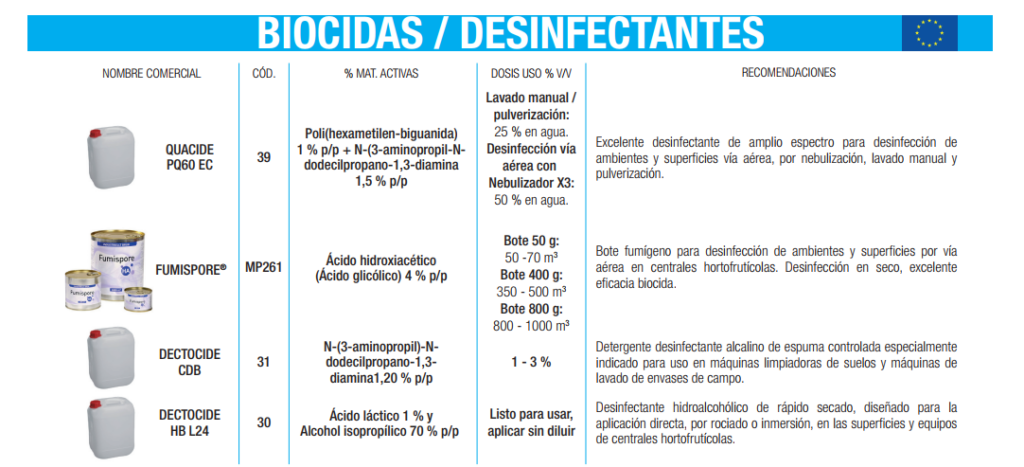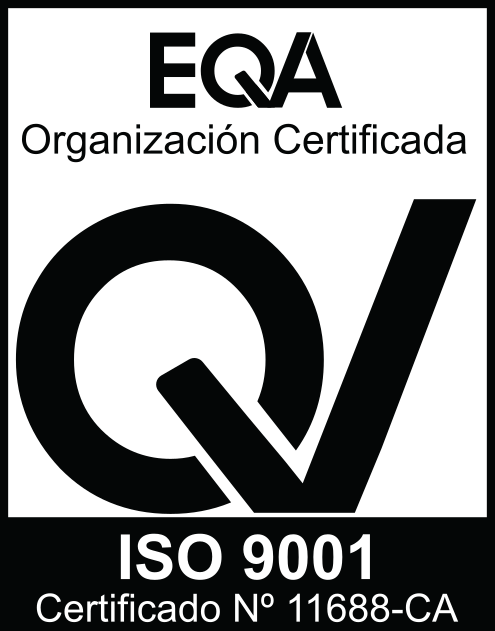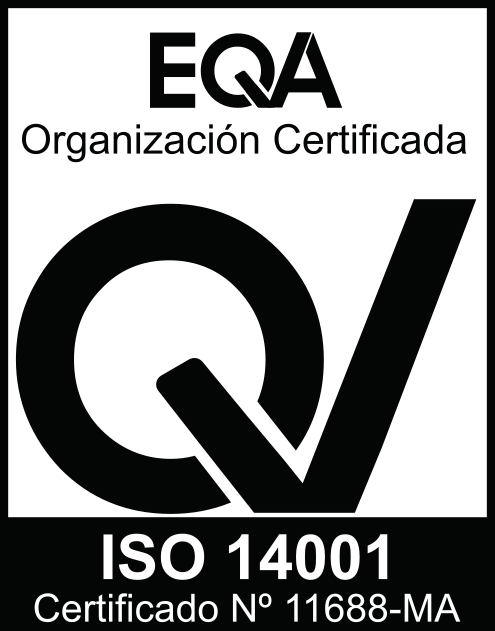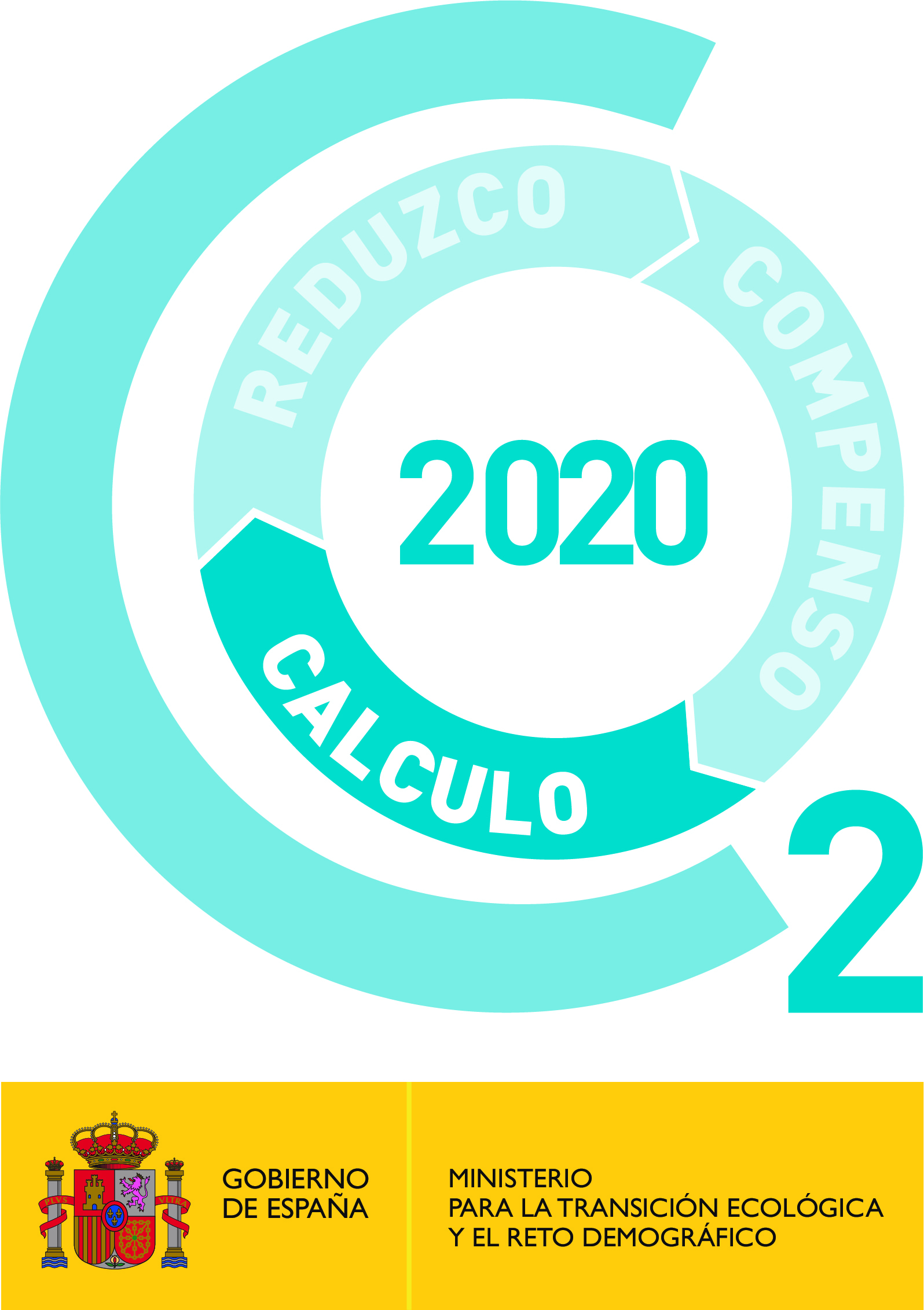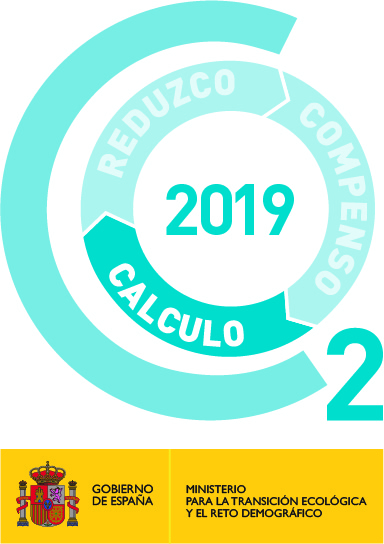Pome fruit
Treatments
In the post-harvest treatment of pome fruit, water dumpers1 are usually used in washing to minimize mechanical damage, the application of fungicide treatments2 and coatings3 to prevent the appearance of rotting, aging or blanching and to extend the shelf life and therefore reduce food waste.
Therefore, it is essential to properly characterize the operation of each system in order to achieve a good result.
Washing is a critical point for spoilage control and food safety, as it must guarantee the inactivation or reduction of pathogenic microorganisms for the fruit and for humans, in order to avoid cross-contamination and reduce spoilage.
Citrocide® PC and Citrocide® Plus are broad spectrum biocides that control pathogenic fungi, bacteria, yeasts and viruses. Their decomposition products are water and acetic acid, substances that are environmentally friendly and harmless to human health. Its use is authorized by AECOSAN as a technological adjuvant and certified as an input for organic agriculture.
The CITROCIDE® SYSTEM is equipped with a computer program that allows it to record the relevant information of the dosing process, ensuring a detailed traceability of the process. The continuous measurement of the concentration of Citrocide® in the wash water and its automatic dosing allow us to guarantee the disinfection of the broth and its recirculation, drastically reducing the consumption of water and product, thus contributing to reduce the water footprint of the industry.
2.- Fungicide treatments are the most effective in combating pathogen losses that arise in the postharvest of pome fruit.
3.- Coatings help to improve the appearance of fruits and contribute to delay some physiological processes such as aging, weight loss due to dehydration or blanching.
Cleaning and disinfection
Reducing the levels of inoculum1 in the different areas of the Central Fruit and Vegetable Processing Plant, as well as in the crates2, and especially in the cold storage rooms, is essential for the control of spoilage, since pome fruit (especially apples) spends a large part of its time in them, and therefore poses a greater risk of contamination.
1.- Maintaining the hygiene of the fruit and vegetable plant (CH) and its elements is essential for the control of rotting in pome fruit.
The establishment and application of a correct Cleaning and Disinfection (C&D) program in the plant leads to a significant improvement in the results of rot control and avoids the risk of cross contamination by microorganisms pathogenic to human health.
In this regard, cleaning and disinfection of cold storage rooms is crucial as they can be a reservoir of fungicide-resistant spores.
2.- Field containers can constitute an important reservoir of pathogen inoculum, since their continuous reuse makes them important transmitters of these pathogens, so any L&D program must include an efficient protocol for their washing.
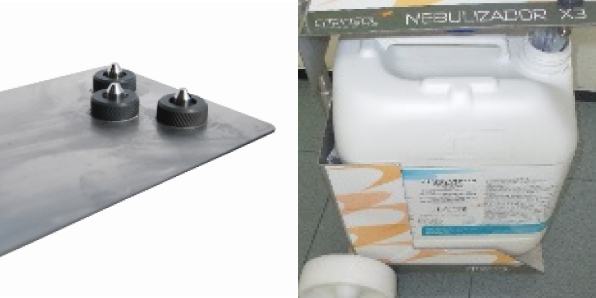
Transportation
From shipping and during transport, fruits are living beings that continue to breathe after harvest. As they breathe, they produce carbon dioxide (CO2), water (H2O) and ethylene (C2H4). The elimination of ethylene1 during transport provides us with additional security for good arrival at destination.
Ethylene is a gaseous hormone that all vegetables synthesize. This hormone regulates the processes associated with ripening and senescence of fruits and vegetables, so its control is essential to modulate the ripening process of climacteric fruits.
The accumulation of this gas causes accelerated ripening and, therefore, has an impact on the loss of quality and reduction of shelf life, which, in the case of pome fruits, is usually manifested by the loss of firmness of the pulp and by the appearance and/or increase of blanching.
Ethylene is eliminated through an absorbent that also absorbs the volatile organic compounds responsible for odors and slows ripening.



